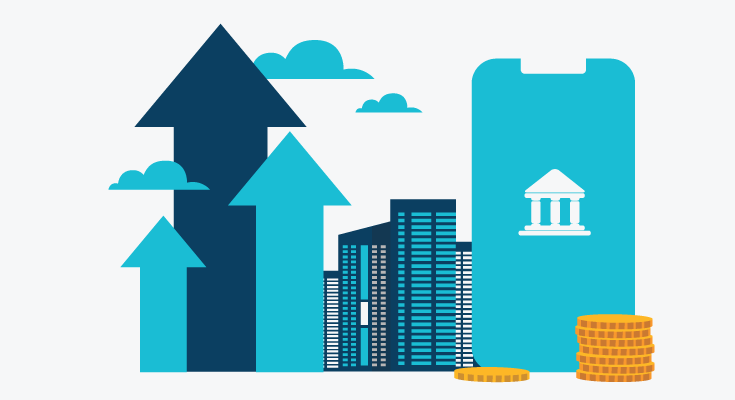Open banking is perfect for changing the environment of the API economy. For the finance and banking industries, as well as payments, insurance, and marketing, open banking offers a whole new scenario in the digital economy. Open banking can offer innovation, disrupt the traditional banking market and greater efficiency inspires optimism, but still, there are some challenges. Educating customers about new opportunities created by open banking will soon become a priority.
Open banking has all the capabilities of the future, but FinTech companies and their partners have to work hard to see open banking become a mainstream service. Customer onboarding, data privacy, and security of services are the three primary elements that’ll allow open banking to continue changing the world.
Current Situation of Open Banking
Open banking means that banks have to allow FinTech companies access to individual customer accounts and transaction details when the customer requests it. With this, it is easy to reduce friction, increase customer choice, and improve competition.
Various use cases range from easier small business lending to new payment options like cryptocurrency to better savings accounts. In the UK, the payment service directive, or PSD2 has jump-started the success of the sector. Similar businesses are working around the world, with countries like Japan, Singapore, and Australia focusing heavily on Open Banking initiatives.
Given that the service is relatively new, countries like the U.S. are hesitant to pass the laws that make the service mainstream. The biggest innovation in the space of Open Banking hasn’t happened yet. Open Banking hosts several features but it is new and the lack of education around it makes it suspicious in the eyes of customers and businesses.
The suspicion around open banking is deserved. If you’re giving them access to your bank account to a third party, it is imperative that you trust the entity completely. How is it possible to guarantee security all the while ensuring open banking remains untouched by a regulatory body?
Winning Consumer Trust in Open Banking?
FinTech companies in an open banking environment have to ensure security to potential customers. Open Banking companies will also have to show an original and innovative side while demonstrating that they offer secure data management. For a majority of companies, winning consumer trust will be the biggest challenge.
But how can FinTech combine innovation with security? In simple words, open banking businesses should follow the lead of traditional banking businesses. Over time, traditional banking has built a huge amount of customer trust by focusing on security and privacy by performing rigorous due diligence.
Customers must be aware of what steps their financial service providers are taking to keep their data and funds safe. Privacy and security aren’t about following Know Your Customer (KYC) and Anti-Money Laundering regulations. Banks and financial services have to be able to provide the best security and privacy to the people they are offering their services.
Centralization of Identity
Verifying customer identities has always been the core of financial services. It is almost impossible to open a bank account without getting their identity verified. Unfortunately, the majority of the world keeps operating with analog tools in an evolving digital environment. Driver’s licenses or passports were mainly intended to be used for in-person verification and not online verification. So proving the identities of people during the account opening process remains a huge challenge. Another big challenge is that more than 1 billion people globally don’t even have an identification document. These people can’t travel, take part in commerce, and receive medical care or government benefits at all without identity documents.
Things that were industry standard yesterday aren’t the industry standard today. Things are always evolving, and banks and financial institutions constantly need new tools to verify customer identity. In some cases, simple verification is more than enough. Other situations require robust identity authentication checks. Numerous circumstances have different circumstances, but the need for digital ID verification will only grow as time passes.
Future of Digital ID Verification
New technologies and services can enhance the identity verification process and remove friction from the customer onboarding process. The benefits of technologies and services are extraordinary for both customers and firms.
The customer has to go through a frictionless process, the business on the other hand enhances the ID verification process and reduces the risk of fraud. While opening a brand new account, each customer has to go through a series of steps that take care of risk and user experience.
The Decade of Open Banking
According to industry experts, the 2020s will be the decade of open banking. Open banking gives birth to new ideas, provides consumers with greater and more control of their financial lives, and it also creates new opportunities for small and medium-sized businesses.
However, there are a variety of challenges to overcome to make open banking a mainstream service. They will have to work a lot to enter the market while educating the public about how they maintain the security of the data.





